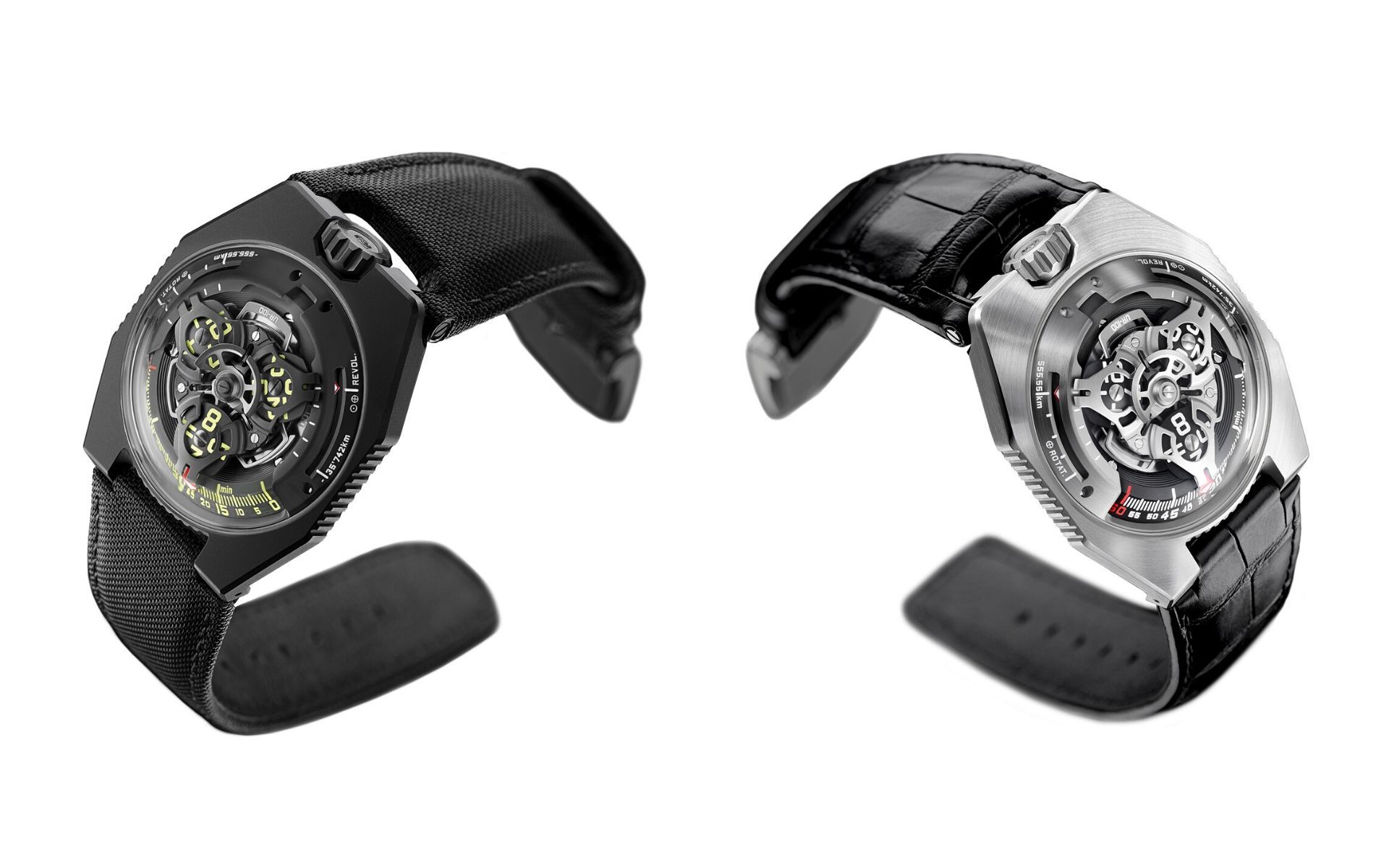Do you realise that you travel 555km every 20 minutes on Earth even if you are sitting still?
We don't feel it but Earth is in perpetual motion, rotating on its own axis while simultaneously circling the sun. To put it into perspective, it travels about 555km every 20 minutes on its axis at the equator; at the same time, its orbit around the sun covers a whopping 35,740km.

These figures are displayed in the new UR-100 SpaceTime, the latest from independent watchmaker Urwerk. The additions may be unusual but it's rather apt considering Urwerk's revolutionary time display - the orbital satellite hour with three hands, each hand indicating the time along the 60-minute track at the lower end of the dial. But instead of disappearing altogether after it completes this journey, the hand goes on to indicate the distance travelled on Earth at 10 o'clock - a third hand will show the distance travelled by Earth at 2 o'clock.
More than nifty gimmicks, Urwerk's chief designer Martin Frei says that the watch provides "a thought-provoking reminder of our voyage through time and space. Watches have a philosophical dimension. They are a physical and abstract reproduction of our situation on Earth, simultaneously in constant motion but seemingly stationary."
See also: The Hour Glass Celebrates Turning 40 With 3 Commemorative Luxury Watches

